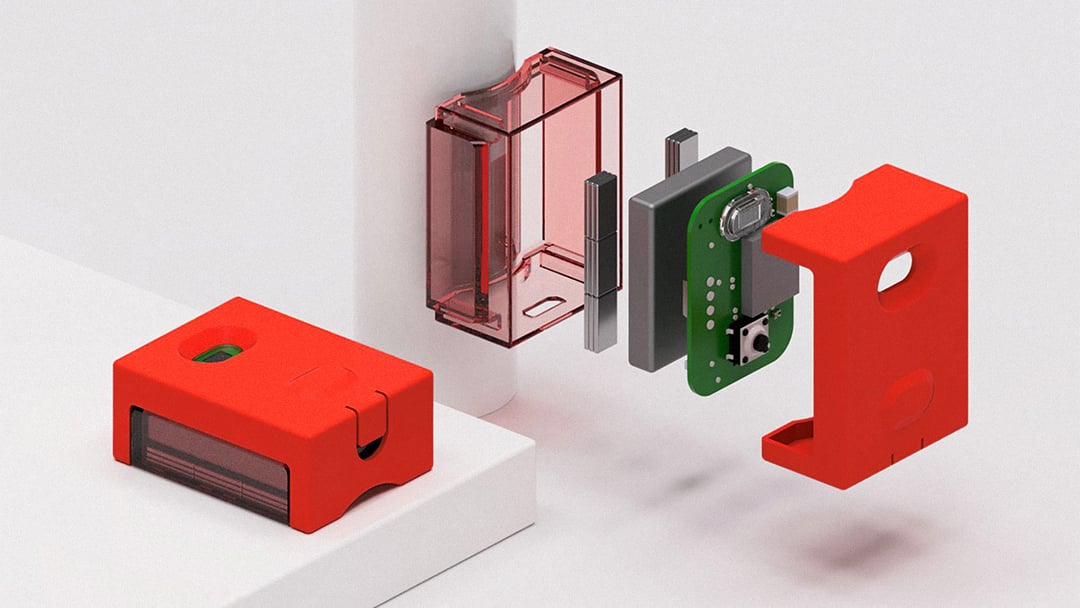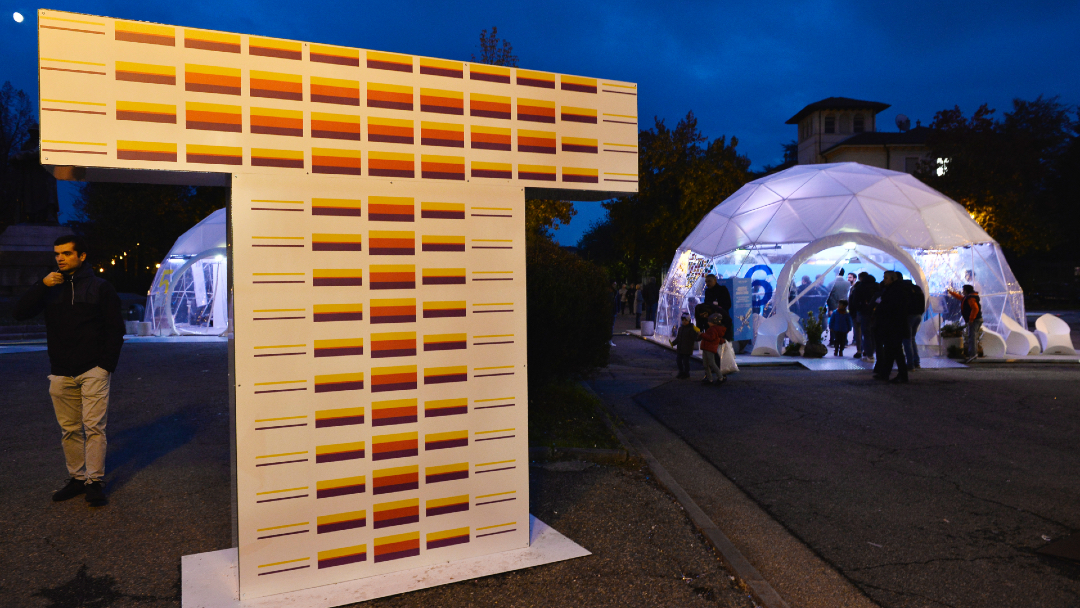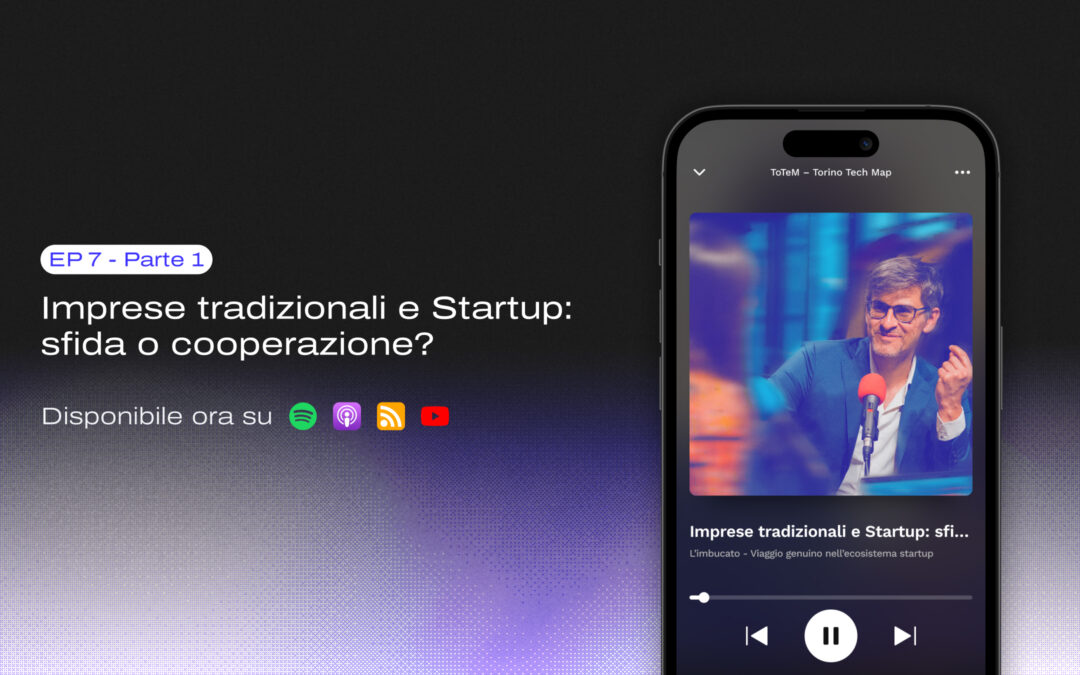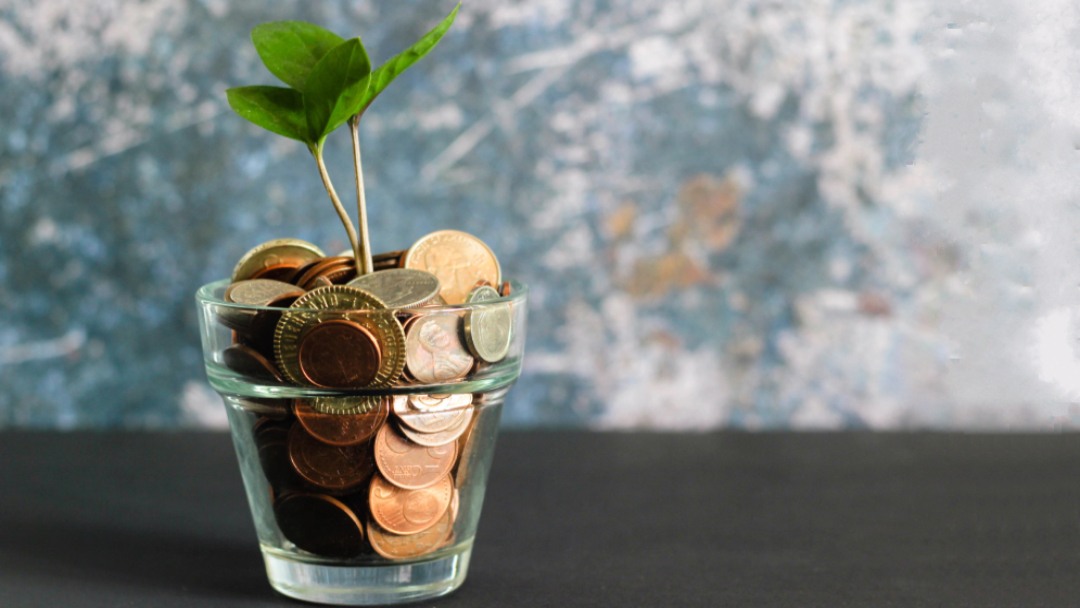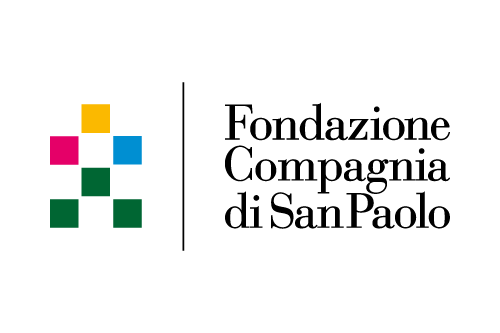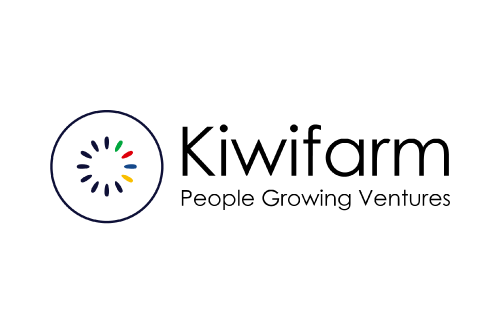Resource created by RED research and design
Industrialization - first part
Industrialization is a critical phase of product development. We start from the final prototype, which has all the characteristics chosen for the final product, and we analyze it from the point of view of manufacturability. Since it is a basic requirement, the design choices made up to that point have always kept it in mind.
The questions that are typically asked are:
- Can I decrease the number and/or types of components?
- Can I reduce the number and complexity of processes to produce them?
- Can I reduce assembly time and operations?
By the way, a typical and dangerous mistake is to focus too much on manufacturability in the narrow sense, i.e. the ability of the single component to be manufactured by a manufacturing process. If the assembly phase is left out, costs can quickly rise: if it is too complex, it requires more time, more trained workers, and can lead to more errors, and therefore waste. Another important aspect is the testability of the product during the production phase, in order not to work on broken or damaged components unnecessarily.
Introduction
At the beginning of an entrepreneurial project to develop a product, what is the phase that people tend to procrastinate the most? Unfortunately, engineering and industrialization are at the bottom of the development chain, and that certainly doesn't help. We often start thinking about these issues when the chips are down and we underestimate the time commitment of these activities.
Let's start from the assumption that every technological sector has a production chain with its own peculiarities. As for ours, where we develop high-tech products for the consumer market and beyond, we range from mechanical to electronic complexities, passing through the infamous world of firmware and quality control.
Let's see now some highlights of this world and how not to be unprepared.
Happiness and awareness
Often the situation arises in which, after having successfully faced all the development phases, you do the necessary prototyping, you correct all the various inaccuracies and finally: there it is, in front of you on your desk. The final and fully functional prototype of your product. The tangible result of hours, days and months of work is there, in front of you in its entirety.
Well, after the first few minutes of celebration, some questions begin to arise. If I want to put it on the market now and I have to mass produce it, how do I do it? Who do I turn to? Are the components I have chosen easily available, do they have sustainable costs? I call "my cousin" who works in an electronic company or I search on Google? Italy or China? etc etc ... and the days begin to pass in a flood of research and calls left and right in which, to your initial questions are added those are asked by your potential suppliers.
"You have to tell me exactly how you want it, otherwise I can't give you a quote? When do you need it? How many pieces? And the minimum order for this processing is at least 500 pieces, is that okay? How do you upload the firmware?... ... ..."
Burnout is getting closer and closer as the promised date of delivery of the first parts to your potential customers approaches. Part of this can be solved by addressing the problem with the right attitude.
"I'll figure it out later" vs "let's play it by ear" approach
The above situation often comes about when you decide to use the procrastination method of "don't worry, we'll figure it out later!". In doing so, you finally get to the bottom line and the first problems begin to surface. Time delays, answers that are not always exhaustive and overdue, creation of an improvised " supply chain " with a high risk of generating further problems, etc. etc. are just a few examples.
For this reason, the most important advice is to play the game of anticipation. This means that, starting from the design stages, and even before in the planning of activities, several aspects must be taken into account.
We list the most salient ones:
- The electronic design must be anticipated by a careful analysis of trends and what the market makes available on a permanent basis for the next few years. Otherwise, if we accidentally run into a component discontinuation, it means having to then redesign part or all of the electronic system. Online component services have a wide selection of components available within 48 hours. For prototyping, they are certainly very useful. However, dealing with a Field Application Engineer (we will talk about this in more detail later) of one of the big electronics distributors on the market, allows you to easily obtain technical/commercial information that you would not have otherwise.
- The firmware design is a never ending task. Starting from the behavior that the device must have in order to best meet the needs of the user (so it is essential to have completed the preliminary analysis and use cases before starting with the design) up to the development of different firmware releases needed for example for: production, testing or certifications. Having an easily upgradable system is fundamental and often implies adjustments on mechanics/design (easy to open, disassemble, turn on, turn off, ...) and electronics (enabling Over-the-Air upgrades, exposing fast and robust connections, test points like rain, ...). All of this must be taken into account a priori.
- The software design , especially in the IoT world, means first of all to design and maintain a backend and a frontend for data management, processing and visualization. As well as managing the various firmware releases, possible user logins, implementation of services, monitoring the status of devices in the field, etc. An aspect concerning industrialization, and often neglected, is the creation of applications able to carry out and manage the testing of electronic boards "just out of the box", all with a simple HMI that can be interpreted by an operator in the assembly line. You can't expect to spend too many seconds or minutes to perform a firmware upload, the relative test, the publication of the result, etc... because these are all costs that will be charged later. In addition, a consistent standard must be maintained throughout the production batch. Designing these systems requires time, resources, and proper readiness of the newly designed product.
- The echanical design and ergonomics design for industrialization, are activities that go hand in hand. Often it is necessary to study and build the tools required for the correct positioning of electronic boards, for the centering of a certain machining or for the correct electro-mechanical coupling. These "production accessories" are important for the ergonomics of the operator and, consequently, for the reduction of failures. This activity is often a co-design done in collaboration with the supplier. But you are the designers of the device! And you are the ones who know the criticality and design details inside out. So involvement in these activities should be considered.
Extra content
Granted, everything is based on actual experience and when a vendor, or rather, THE vendor that you have relied on to make 90% of your product breaks off all sorts of communication, disappears from the radar and you are left at the mercy of events, then yes, that' s when real problems begin.
Human capital
Experience, skills and adaptability are just some of the factors your suppliers will need to be successful in the industrialization process. How to verify the presence of these characteristics? Just knock on their door! Willingness is always an incipit of positive collaboration, and a good start is half the battle. So, don't hesitate to introduce yourself and ask for an appointment even from companies you didn't know before. It is almost taken for granted that from every contact and/or company visit, you always go home with some more knowledge and a greater awareness.
The people you interface with make all the difference. From requesting a quote to improving certain aspects of the product, collaboration with a company representative is important. Especially when the product is about to start with a pre-series (e.g. 100 pieces) before the real production (>1000 pieces), it is important to evaluate industrial realities in the area with which you can interact in person. In this way, every modification, problem and rectification can be acted quickly.
Someone used to say "China is near". Certainly, today it is easier to interact with Chinese companies without the intermediation of a broker than it used to be. A fair knowledge of English, a bit of patience and time spent browsing portals like Alibaba, and you can find any company for any type of work. But how can you ascertain the values mentioned at the start from a simple email exchange? Also in this case, there are some characteristics that the foreign company must have, to be considered a good supplier:
- have good communication skills, trying to avoid design and commercial misunderstandings;
- willingness to accept an on-site audit if large production volumes are required;
- ability to plan and respect deadlines (always pay attention to Chinese holidays, which can block your project for weeks);
- low cost should not be the main criteria. Often low costs are only associated with MOQ (Minimum Order Quantity) which are in the order of thousands of pieces produced;
- availability of secure and traceable payment methods. Fortunately Paypal is used by most foreign companies;
- availability to provide certified documentation that attests to the quality of the goods produced.
So, in conclusion, where is it right to launch a production? It depends. On the complexity of the product, the volume of production, the processing required or the time frame needed (with China, in order not to lose the economic advantage, most of the shipments are by sea and therefore you have to consider at least one month).
Don't miss our next article on "Product / Production and supply chain"
Come and visit our website: www.researchandesign.it
